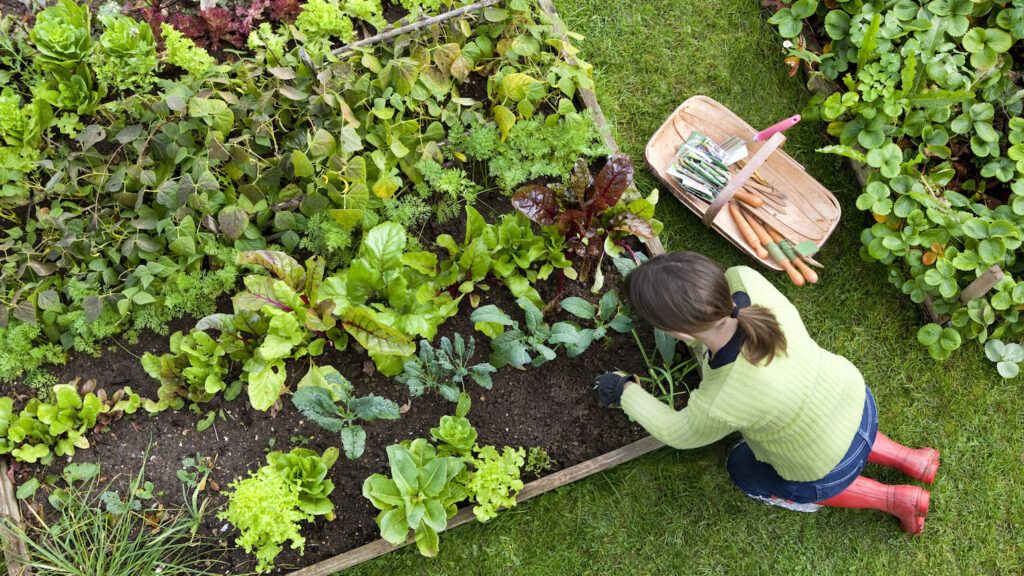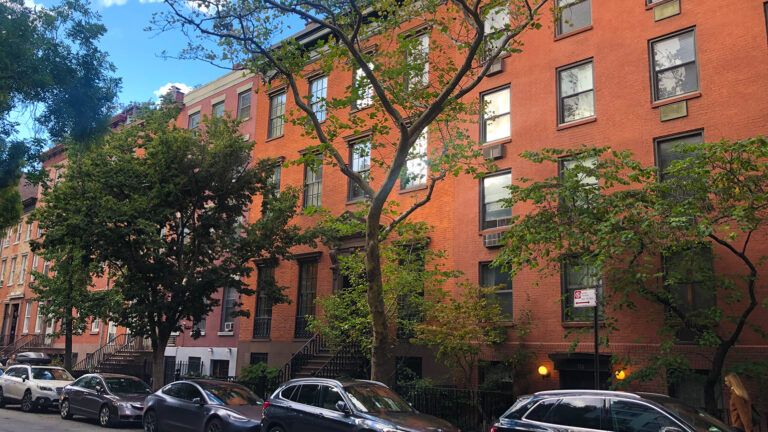Is there any greater act of faith, any more vulnerable action, than tucking a seed into a swath of dirt? The potential saboteurs lurk all around—a late frost, an early heat wave, hungry birds or a clumsy slip of the spade among them. The fragility of the spring garden lasts for most of the early part of the season—the tender shoots of lettuce, pea, radish, carrot and all manner of flowering plants flatten in each rainfall, wobble in each wind gust, and require careful attention and protection from we who tend them.
“Tender” is a wonderful spring word. It so accurately describes the fresh newness of the things that grow during this season—the pale green, the unfurling leaves, the swelling buds all feel soft and gentle and not-quite-ready. But when I’m puttering around my garden, I also see myself as a tender, or a “tend-er,” one who watches over the tiny sprouts in my care with an eye toward encouraging them into full flower, full fruit and full vibrant life. The dictionary definition of this type of tender is “a person who looks after someone else.” Indeed.
To me, this idea of the tender tend-er highlights the positive side of vulnerability. The fragile plants in the April garden, in the care of their tend-ers, have the opportunity to flourish and grow. Similarly, when we recognize the vulnerable aspects of our own lives—our insecurities, our anxieties, the skills we have yet to sharpen—we create opportunities to tend to ourselves, trusting our nourishment and protection to our own capable efforts.
What would it look like to envision yourself as the nurturer of the preciously vulnerable garden of your life, ready to accept the vulnerable new seeds you slip beneath the surface and fully capable of being the tender of the growth that lies ahead? Reflect on that question today—with tenderness, of course.





